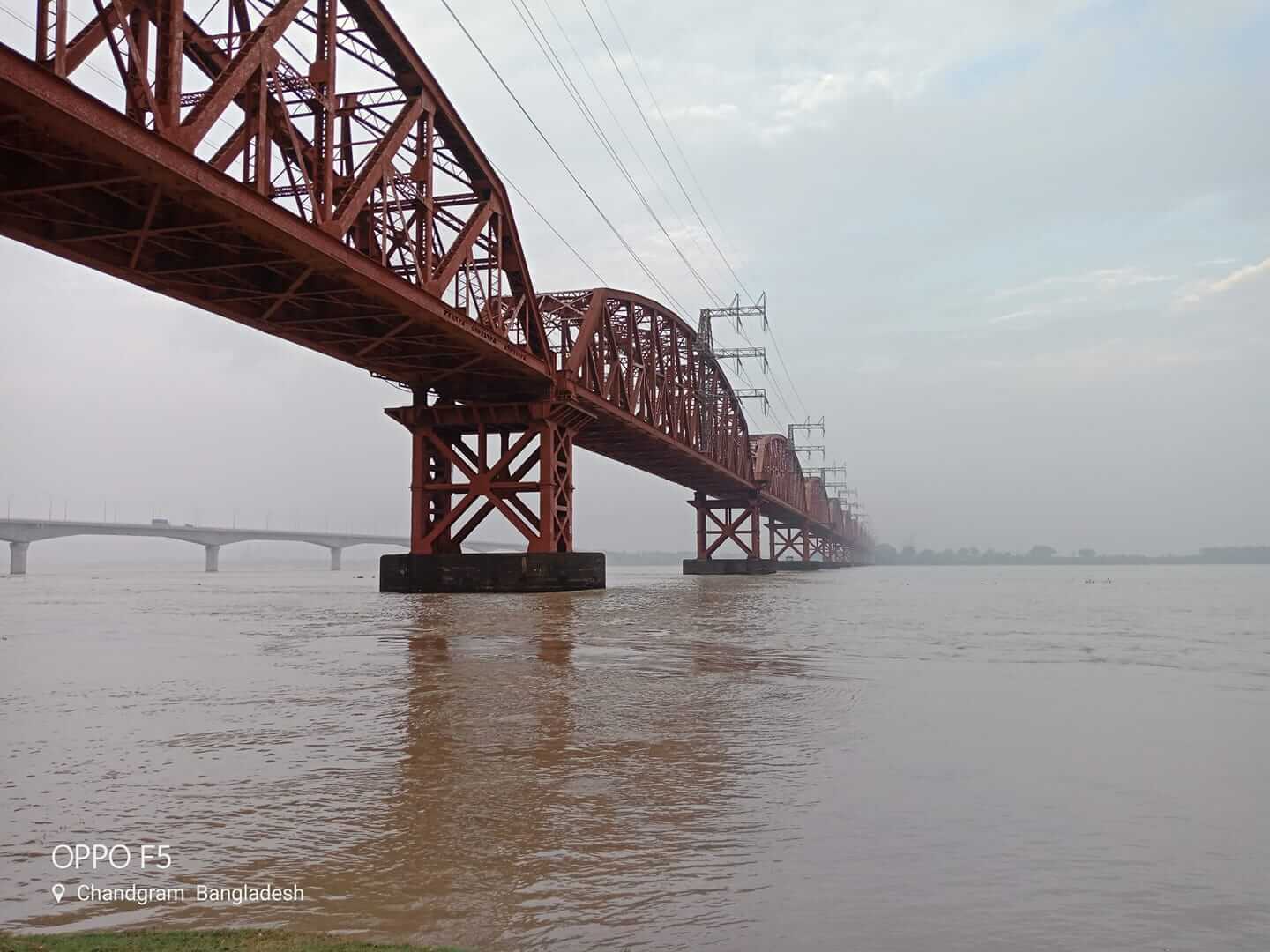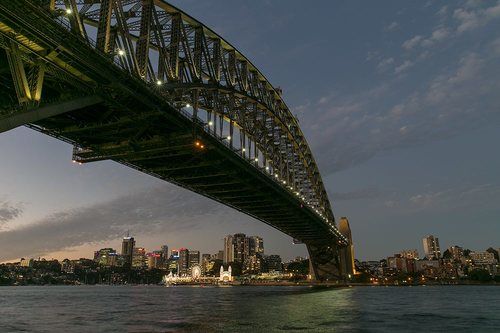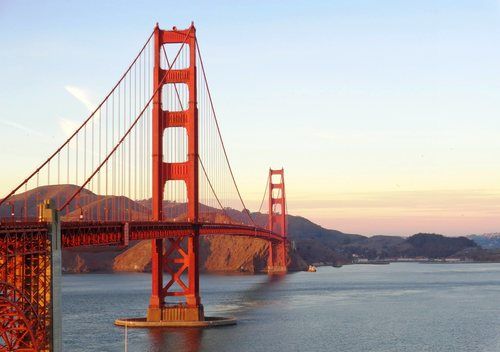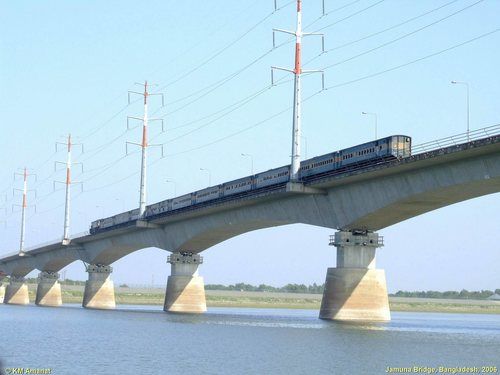The bridge, a connecting structure, creates bonding between different disconnected parts of a country, two banks of the ocean or parts of two countries. A Bridge is a structural marvel which is generally used to pass any type of obstruction that can slow the life of people. From the very beginning, engineers were trying to win over nature and consequently, they have invented bridge structure which can use to overcome the mentioned natural obstacles.
Main Parts of a Bridge
There are different types of bridge. Different bridge types contain different parts. FOllowings are the main parts of a bridge:
- Deck
- Abutment
- Pile
- Pier
- Girder
- Rail Track
To give a preliminary idea of these bridge parts a brief description of each part is given below.
Deck
A deck is a fundamental part of any bridge to pass vehicle, goods, people etc. from one side to another.
Abutment
The support provided at the two ends of a bridge is known as an abutment.
Pile
For the bridge with pier, the pile is a fundamental component. Pile type foundation is generally needed when the upper soil layer is loose. Pile depth depends on the soil layer. To find the hard soil layer which will make the structure stable, the pile is usually extended to some depth into the hard soil layer.
Pier
Pier is the compression member which stay above the pile and make the structure stable. Pier generally provides for span at intermediate points.
Piers perform two main functions:
- Transferring superstructure vertical loads to the foundation.
- Resisting to the horizontal forces acting on the bridges.
For bridge pier to pier, distance is the span. Water pressure is the extra pressure which acts onto the pier laterally.
Girder (Box or I-joist)
Just like the beam, girder is used in the bridge. It can be two types I-joist and Box. This name has been given because of their shape. I-joist girder type is commonly used in bridges. Box girder can be precast or cast in place and it is generally existing in prestressed condition.
Rail Track
Normally Road traffic is the main vehicle onto the bridge but if the train needs to be passed through that bridge rail track is the extra component.
{adselite}
Types of Bridges
Followings are the main types of bridges.
- Truss Bridge
- Arch Bridges
- Suspension Bridges
- Cable-Stayed Bridges
- Slab Bridges
- Box Girder Bridges
A brief description of these bridge types is given below.
Truss Bridges
Bridges with truss are made by steel two force member with only tension and compression. No bending moment is allowed in this structure. Most stable structural shape for truss is triangular.

Arch Bridges
Arch bridge mainly exists in compression. Utilizes an aerodynamic system with torsional rigidity.

Suspension Bridges
In suspension bridges, long spans can be provided which is essential in many situations. It gives freedom to the engineer to provide a long span with the help of a cable. Followings are the Basic components of a suspension bridge Structural system:
- Stiffening Girder/ Trusses: Longitudinal structures support and distribute moving vehicle loads. Secure aerodynamic stability of the structure.
- Main Cables: Main cables are connected to girders through hanger rope. These hanger ropes transfer the loads from girder to the main cables. The main function of these main cables to carry these loads to the main towers.
- Main Towers: Main cables are supported by these intermediate vertical structures and transfer the total load of the bridge to the foundation.

Cable-Stayed Bridges
It has a lot of similarities to the suspension bridge. But there are few differences between a suspension bridge and cable-stayed bridge. In this case, bridge mainly carries the vertical loads acting on the girder. The purpose of the stay cables is to provide intermediate support for the girder and it helps to span a long distance.


Slab Bridges
It is the most common type of bridge. Use in every place where the span is not so long.
Box Girder Bridges
It's a box type girder different from normal I girder and it can easily resist more amount of torsion. This type of bridge contains top deck, vertical web, bottom slab. Box girder bridge can be subdivided into three basic categories:
- Single cell box.
- Multicell box.
- Box with struts supporting a cantilever deck.


